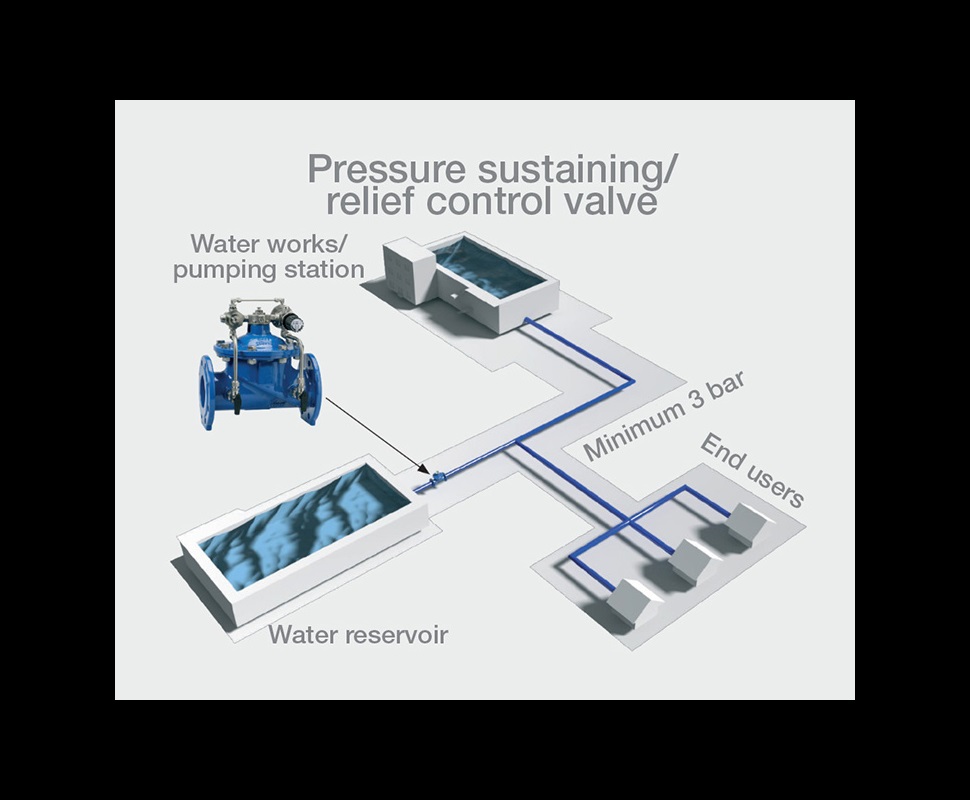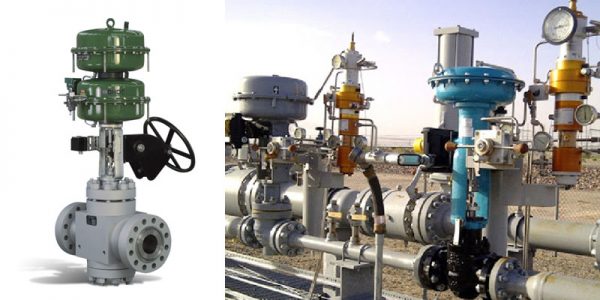How Control Valves Effect Power Effectiveness in Industrial Settings
How Control Valves Effect Power Effectiveness in Industrial Settings
Blog Article

Maximize Power Savings and Convenience With Advanced Building Automation Controls
In the realm of contemporary style and center administration, the assimilation of sophisticated structure automation manages stands as a critical advancement. By utilizing the power of automation, structures can adapt, react, and develop in means that were once inconceivable.
Power Performance Advantages
Power effectiveness advantages can substantially minimize energy consumption and operational expenses in buildings. Energy-efficient systems, such as advanced building automation controls, can maximize the use of sources like air conditioning, heating, and lighting, leading to reduced energy expenditures over time.
Moreover, boosted energy efficiency can lengthen the life expectancy of building equipment and systems. By operating extra effectively, cooling and heating systems, light, and various other building parts experience much less wear and tear, resulting in reduced upkeep and replacement expenses. Furthermore, energy-efficient buildings often regulate higher residential or commercial property values and rental prices, providing long-lasting financial advantages to owners.
Moreover, energy efficiency can enhance resident convenience and productivity. Appropriately controlled indoor atmospheres with optimum illumination and thermal problems produce an even more conducive and positive workspace, causing enhanced employee fulfillment and performance. Generally, the power effectiveness advantages associated with sophisticated structure automation controls are multifaceted, encompassing cost financial savings, environmental stewardship, and owner well-being.
Improved Convenience Control
Enhancing convenience control in building environments needs an advanced combination of innovative automation systems for optimum occupant well-being. By using advanced building automation controls, facilities can customize the interior environment to meet the particular demands and choices of passengers. These systems make it possible for accurate guideline of air flow, illumination, and temperature level, creating a comfortable and effective environment. Occupant satisfaction and efficiency are carefully linked to thermal convenience, making it necessary to have systems in location that can adjust to transforming conditions in real-time.
By incorporating these innovative controls, structures can not only enhance comfort but likewise boost power efficiency by maximizing system procedures based on actual tenancy and use patterns. Ultimately, focusing on resident comfort via advanced automation systems leads to an extra pleasurable and much healthier interior environment.
Operational Performance Improvements

Additionally, the application of real-time surveillance and analytics tools enables structure drivers to determine power inadequacies and functional abnormalities quickly. By continually checking power use patterns and system performance metrics, adjustments can be made in real-time to enhance power intake and guarantee peak operational effectiveness. control valves. Additionally, incorporating demand reaction approaches right into structure automation controls can even more enhance operational her latest blog efficiency by dynamically readjusting energy use based upon grid conditions and prices signals
Indoor Climate Optimization
Efficient indoor environment optimization is a basic facet of building automation controls, making sure owners' convenience and wellness while optimizing power savings. By utilizing innovative sensors and controls, building automation systems can continuously monitor and change temperature level, moisture degrees, air quality, and ventilation to develop an ideal interior setting. Keeping regular and comfy conditions not just boosts resident fulfillment but also increases efficiency and total well-being.
Indoor climate optimization additionally plays a crucial function in power effectiveness. By fine-tuning ventilation, cooling, and home heating systems based on real-time information and occupancy patterns, building automation controls can substantially reduce power usage - control valves. As an example, executing approaches such as demand-controlled ventilation and thermal zoning can assist lessen power waste while making sure that each area of the structure gets the necessary conditioning.

Sustainable Setting Creation
Structure automation controls not just enhance interior environment problems for energy efficiency and resident convenience but also lay the foundation for producing Visit This Link a lasting setting via tactical administration of systems and resources. By integrating innovative structure automation technologies, such as sensors, actuators, and smart software application, facilities can keep track of and change power use in real-time to reduce waste and decrease their carbon footprint. These systems enable anticipating maintenance, recognizing potential issues prior to they rise and maximizing tools efficiency to boost long life and effectiveness.
Additionally, lasting atmosphere production extends beyond power administration to include water conservation, waste reduction, and indoor air quality enhancement. Building automation controls can regulate water use, identify leaks, and guarantee appropriate garbage disposal techniques, adding to general sustainability efforts. Additionally, by checking and managing ventilation and filtration systems, these modern technologies enhance passenger health and wellness and efficiency while decreasing power usage related to HVAC operations.
Verdict
To conclude, advanced structure automation controls offer significant benefits in terms of energy financial savings, convenience control, operational performance, indoor climate optimization, and developing a lasting atmosphere. By executing these controls, buildings can accomplish optimum efficiency while decreasing energy consumption and boosting owner convenience. It appears Recommended Reading that using advanced automation technology is vital in boosting structure efficiency and developing a much more lasting future.
Energy efficiency benefits can dramatically minimize power usage and functional expenses in structures. In general, the energy effectiveness benefits linked with sophisticated building automation controls are multifaceted, including expense savings, ecological stewardship, and resident wellness.
Additionally, including need action strategies right into building automation controls can additionally enhance operational performance by dynamically adjusting energy use based on grid conditions and prices signals.
Structure automation manages not just optimize indoor environment conditions for power performance and occupant convenience however also lay the foundation for producing a lasting environment through calculated monitoring of systems and sources.In verdict, advanced structure automation regulates offer significant benefits in terms of power financial savings, comfort control, functional effectiveness, interior environment optimization, and developing a lasting atmosphere.
Report this page